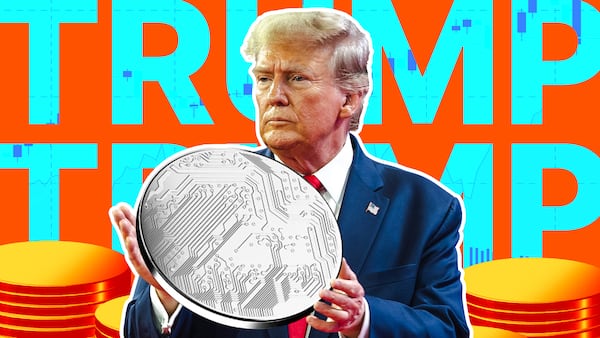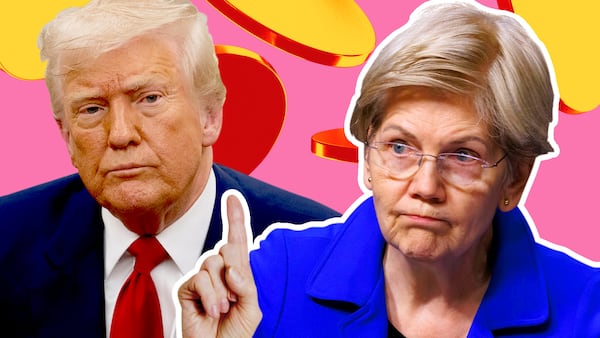- USDP ran up to $150 million market value before crashing.
- The token slumped in less than six hours.
On Wednesday, USDP, a memecoin based on Solana, ran up a $150 million in market value. Within hours, it nosedived 99%, to $1.2 million.
Onchain data from Dexscreener shows huge profits for a few wallets, including one trader who instantly parlayed a $300 bet into a 1,000 times return of $300,000.
But several other buyers are sitting on huge losses.
And onchain data from Dexscreener reveals the reason why.
Interconnected wallets
A web of interconnected wallets sold their holdings in short order after the token first surged tenfold on Wednesday morning.
These affiliated wallets were seeded by insiders linked to the project based on the flow of transactions among them, the wallet data shows. They held for a short stretch, just long enough to drive up the price and ride the hype.
With retail investors piling into the token to make quick money, its price rallied, and then the insider flipped the switch. They sold in waves and extracted all of the incoming liquidityand left only what is likely a death spiral for most USDP buyers.
The pattern isn’t new.
It’s called bundling: insiders pre-load wallets with massive amounts of a new memecoin either by stealth allocations or onchain sleight-of-hand to obscure the transaction trail.
Absurdly tight
These connected insiders don’t buy the tokens in the real sense; they receive them and sell at significant profits as the price rises.
Bundling ensures a memecoin’s token supply is kept absurdly tight.
That’s so that there’s an early price spike which can lure in the wider market. Even the memecoin launched by US First Lady Melania Trump had 24 wallets that acquired the tokens without any purchase transactions which indicates bundled transfers.
USDP’s slump is only the latest in a long string of crashes in a market sector rife with abuse. And despite the losses, retail traders keep showing up.
With no guardrails in sight, the formula may not change any time soon.
In February, the Securities and Exchange Commission issued a memo that said it won’t bring memecoins under the purview of securities regulations.
Osato Avan-Nomayo is our Nigeria-based DeFi correspondent. He covers DeFi and tech. Got a tip? Please contact him at osato@dlnews.com.








